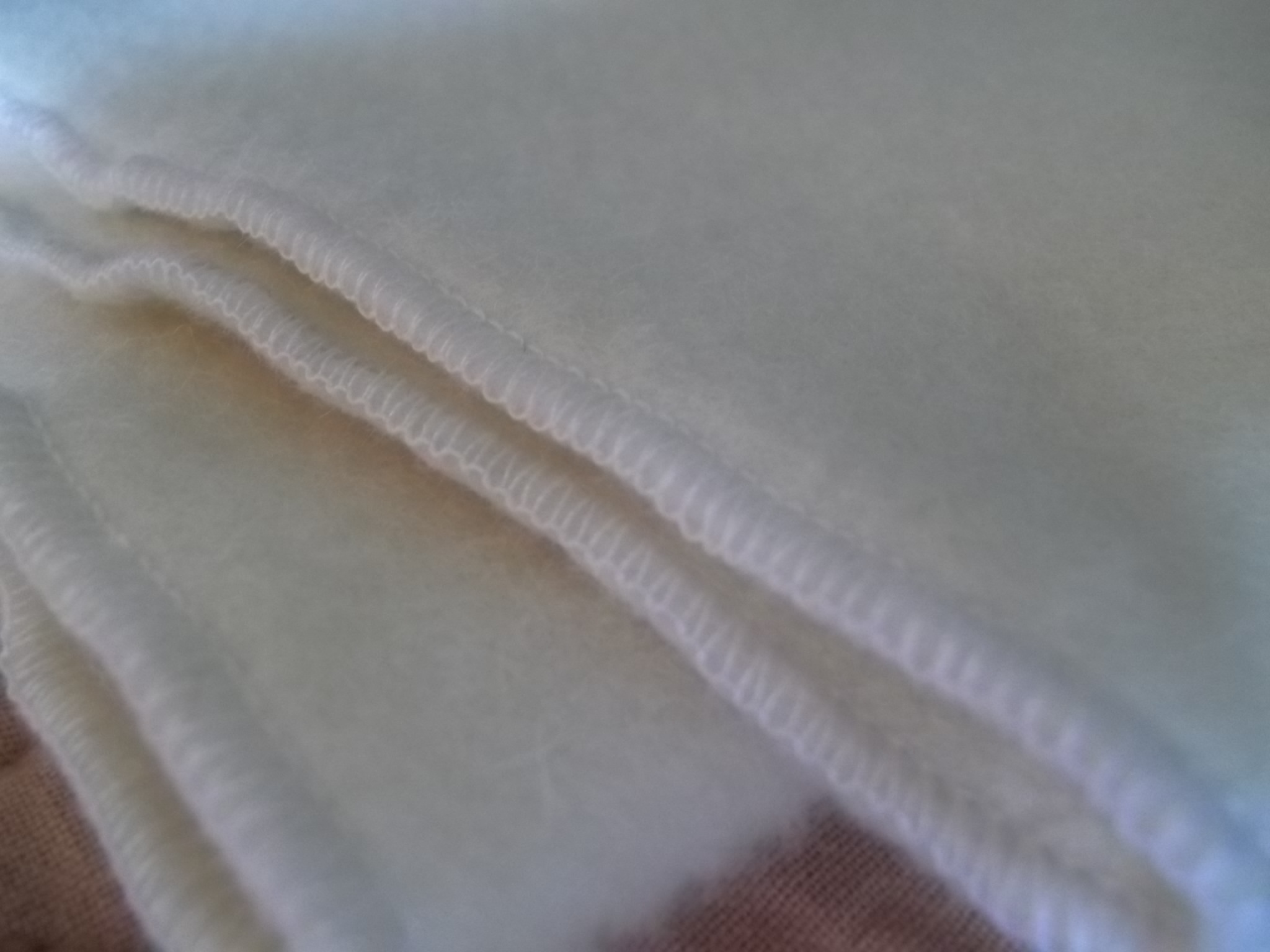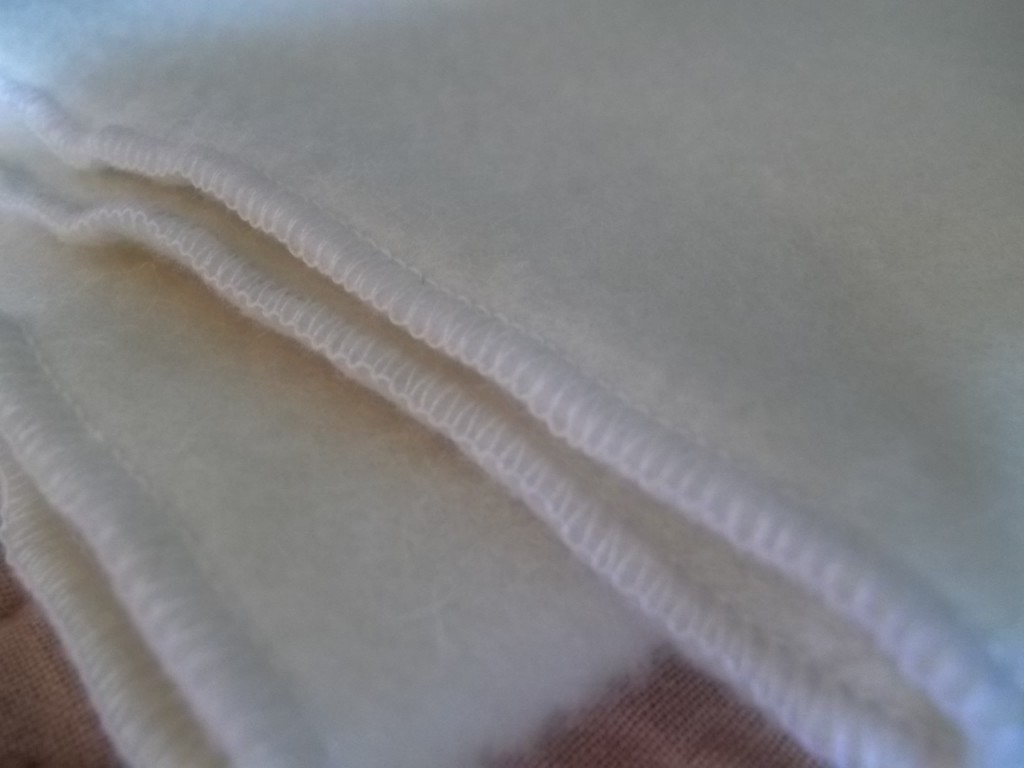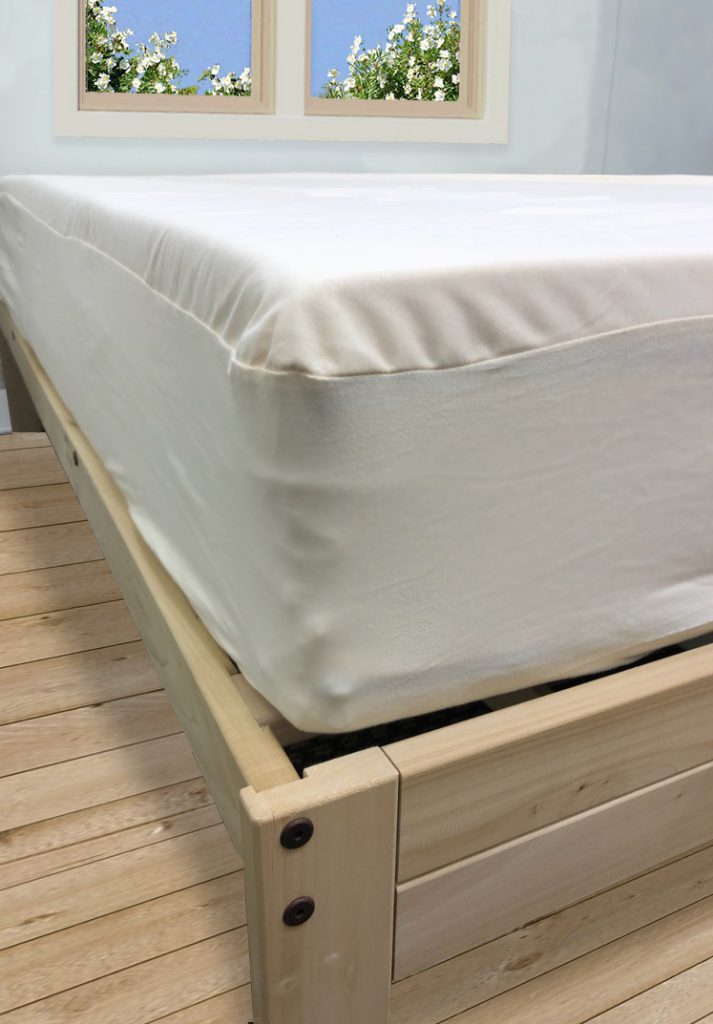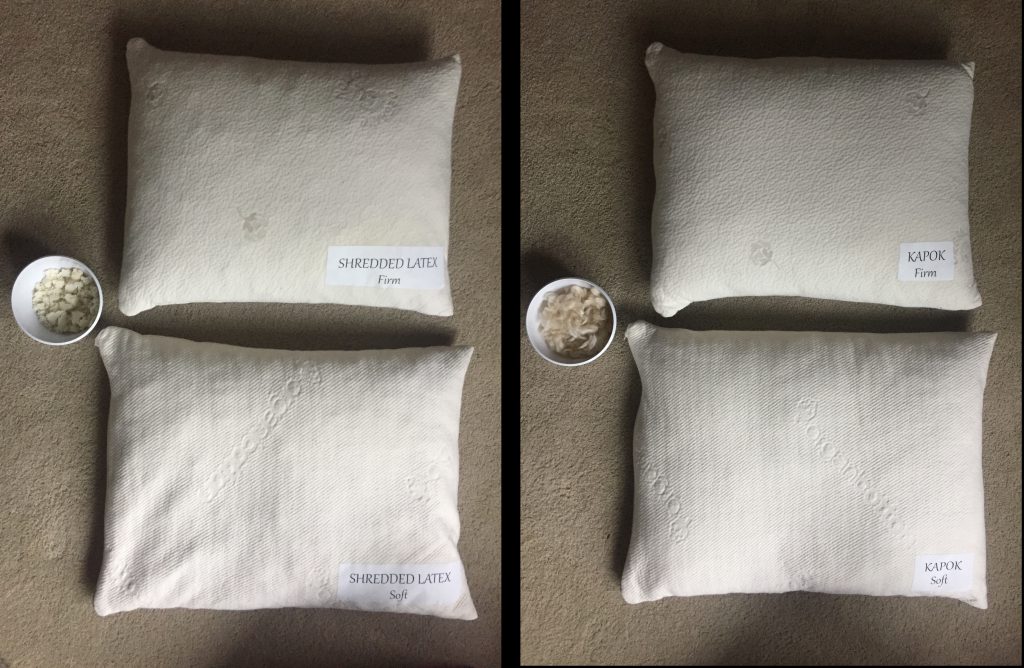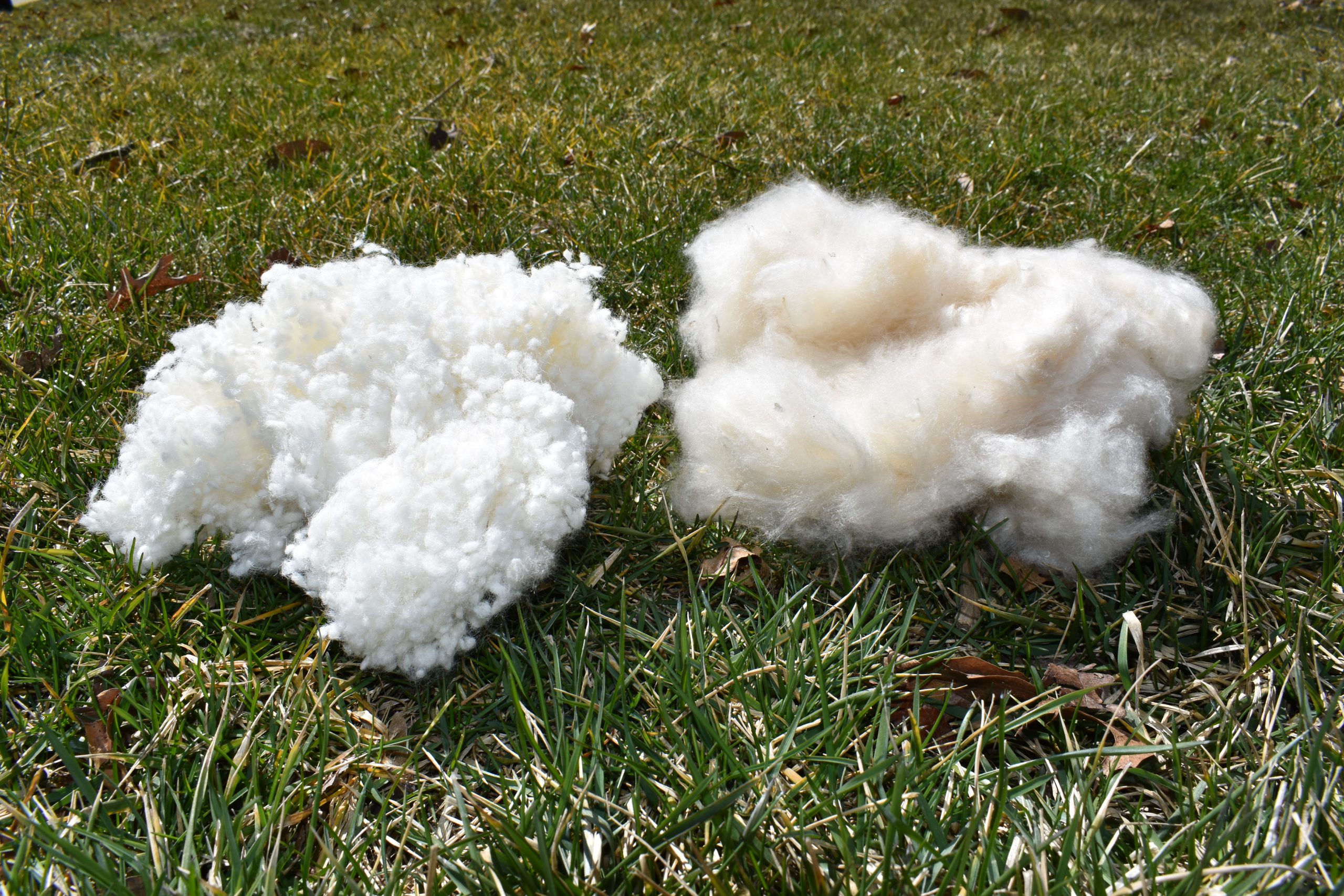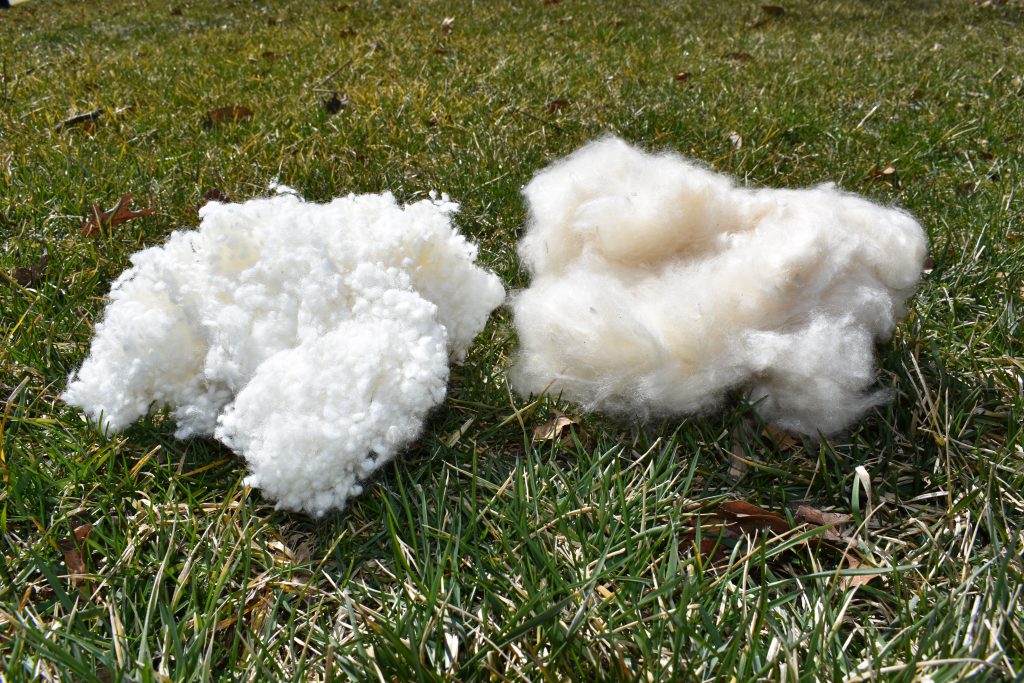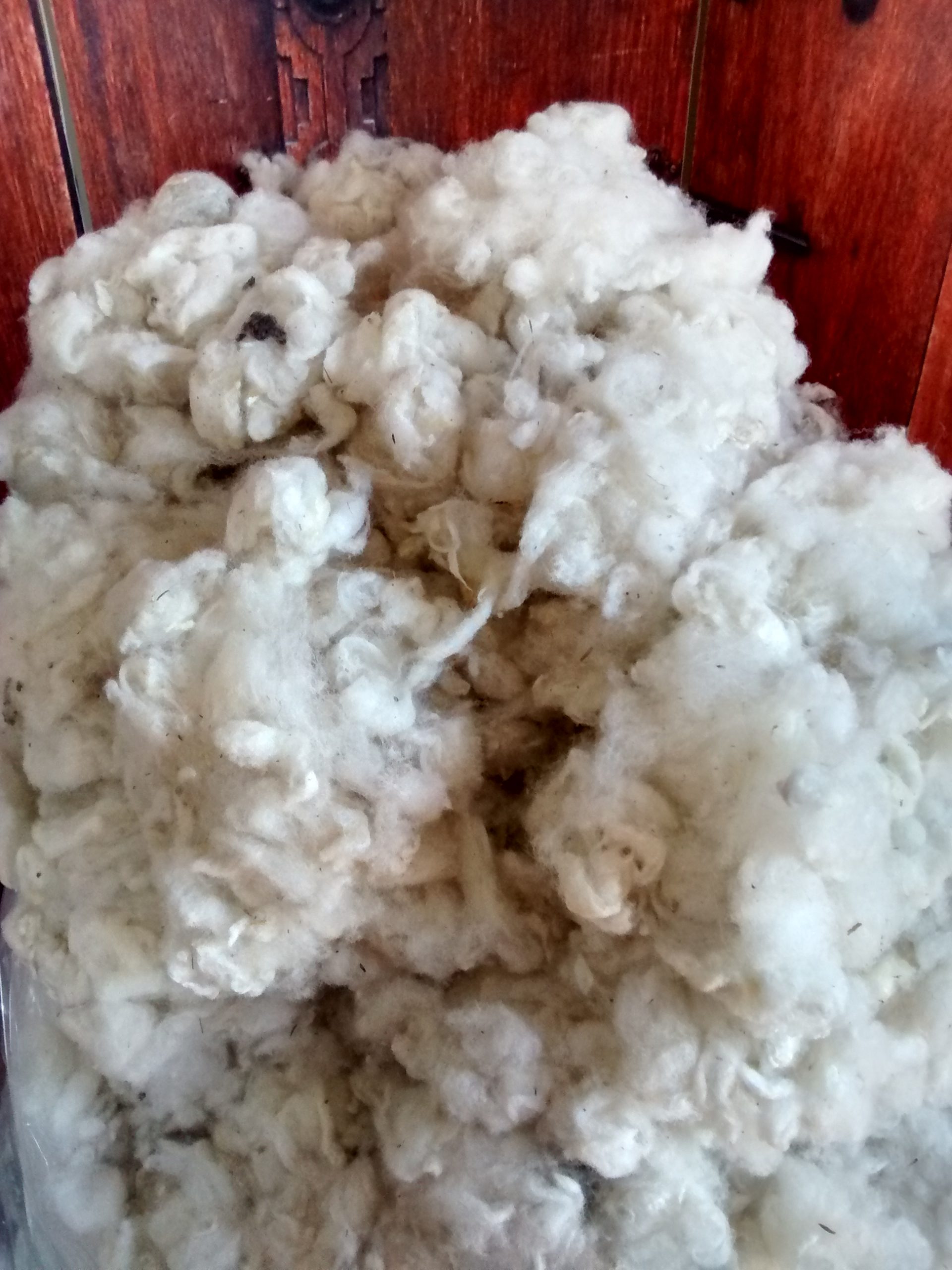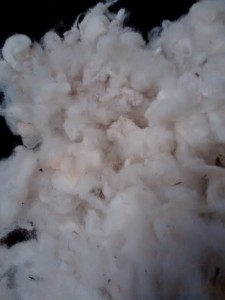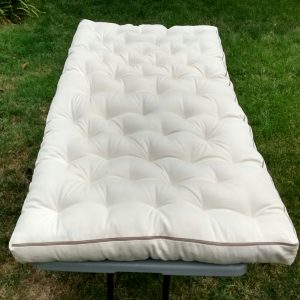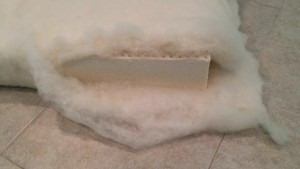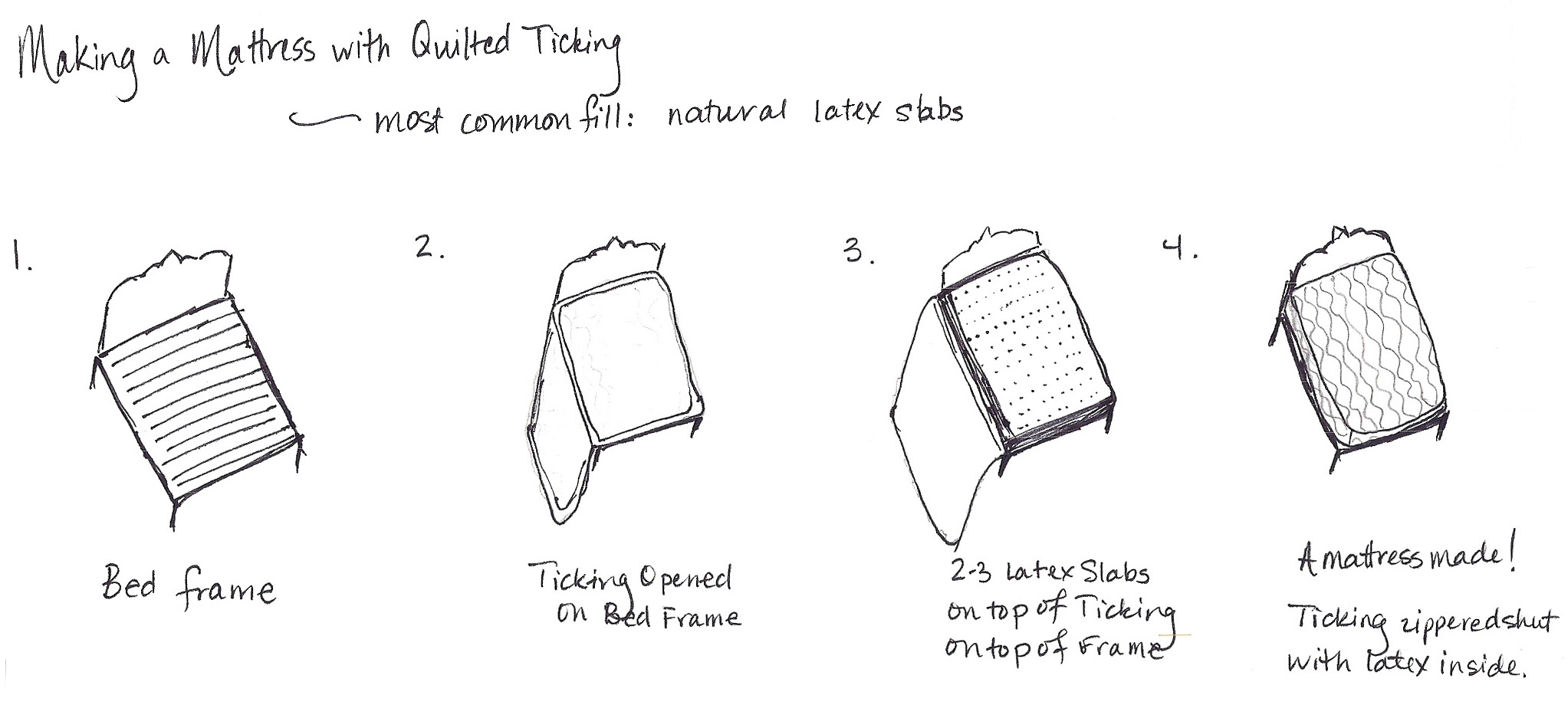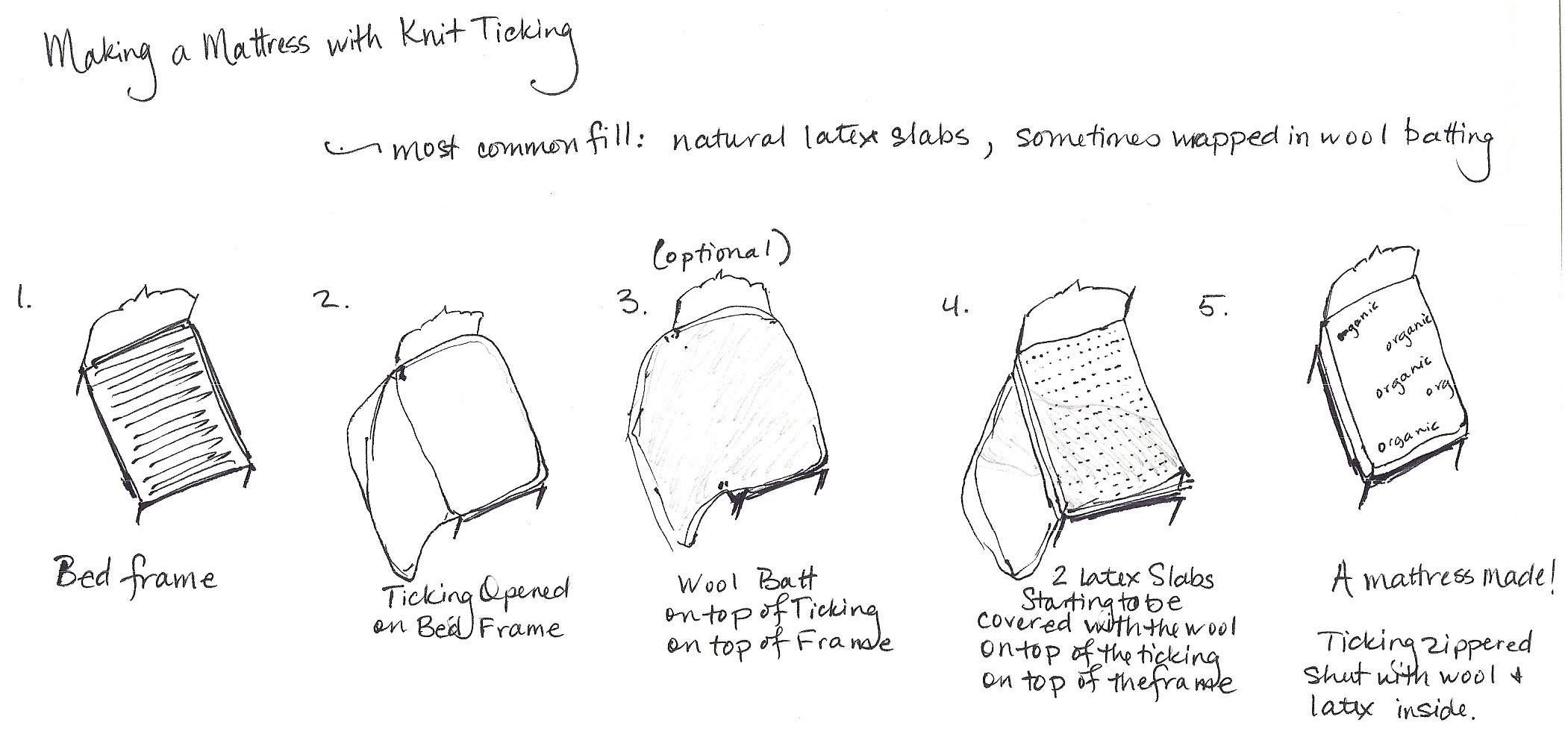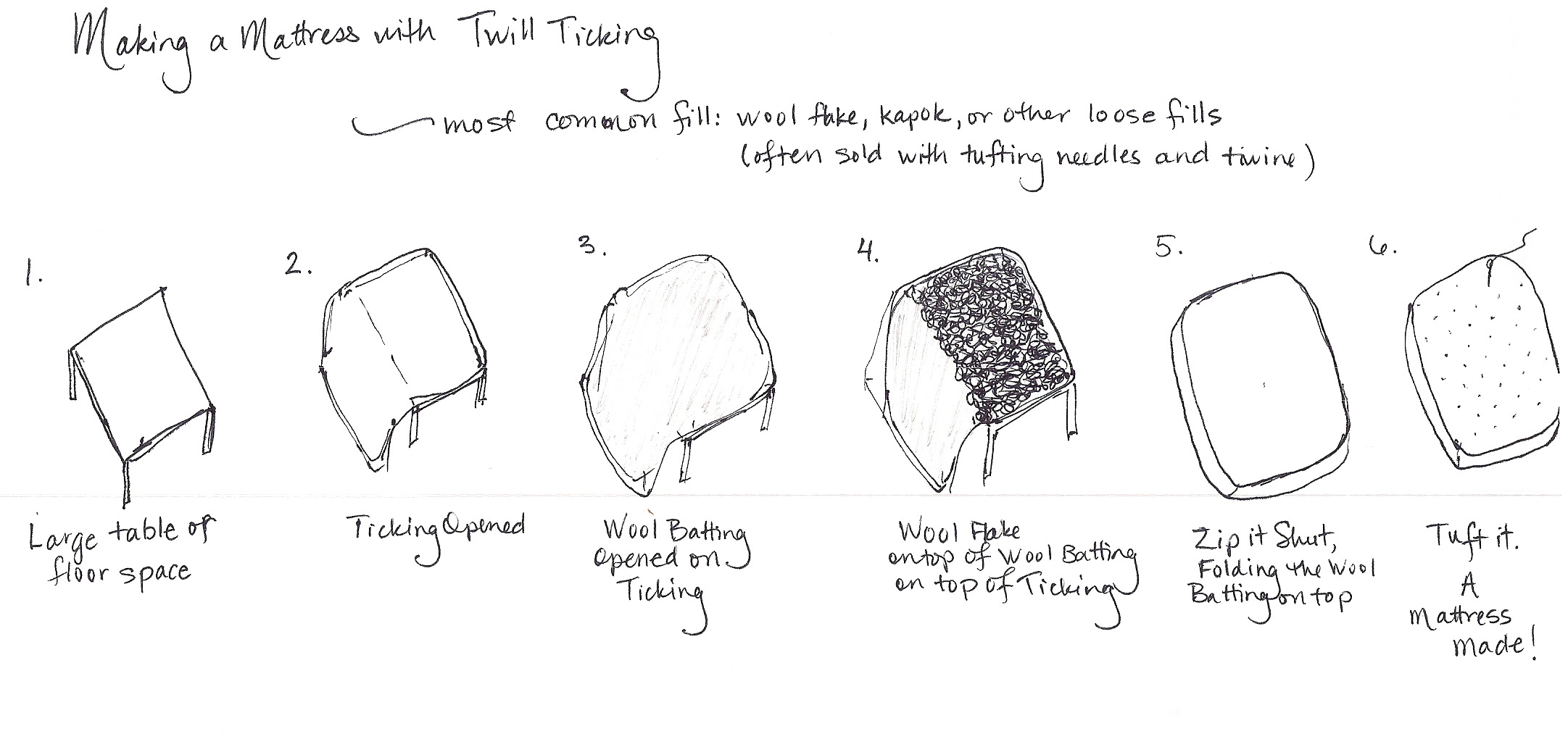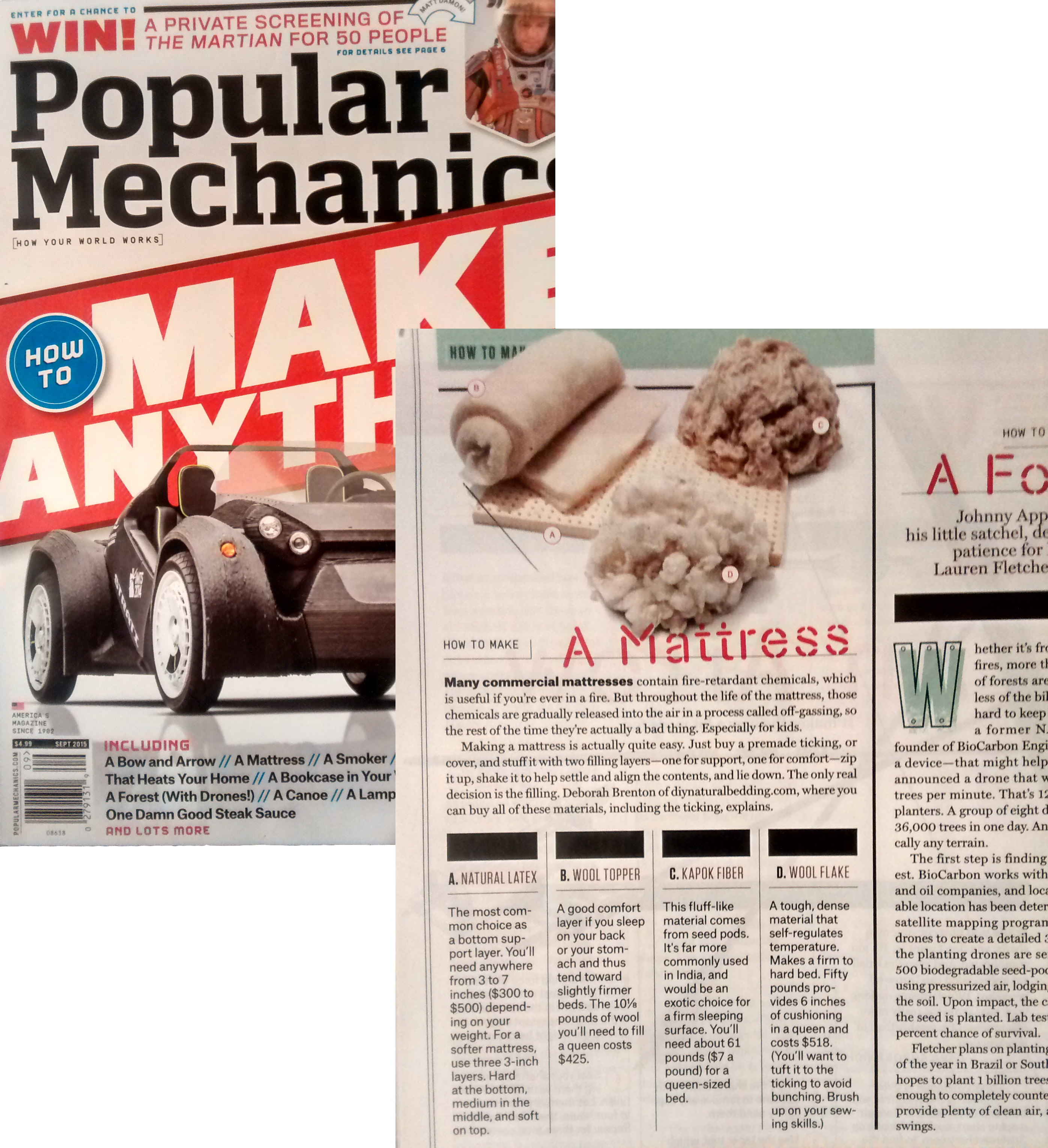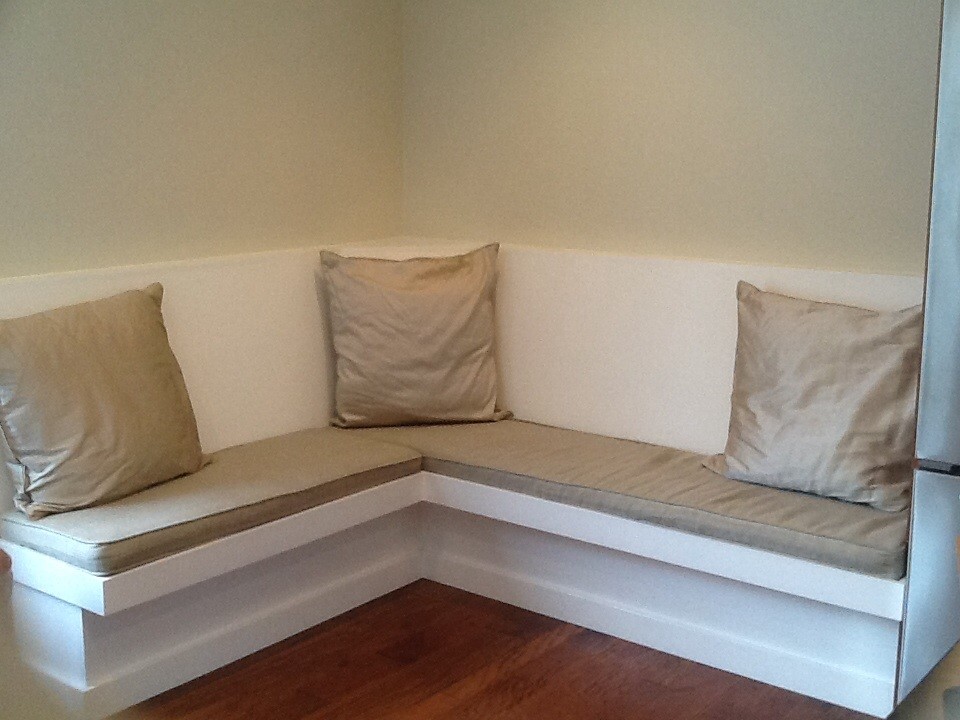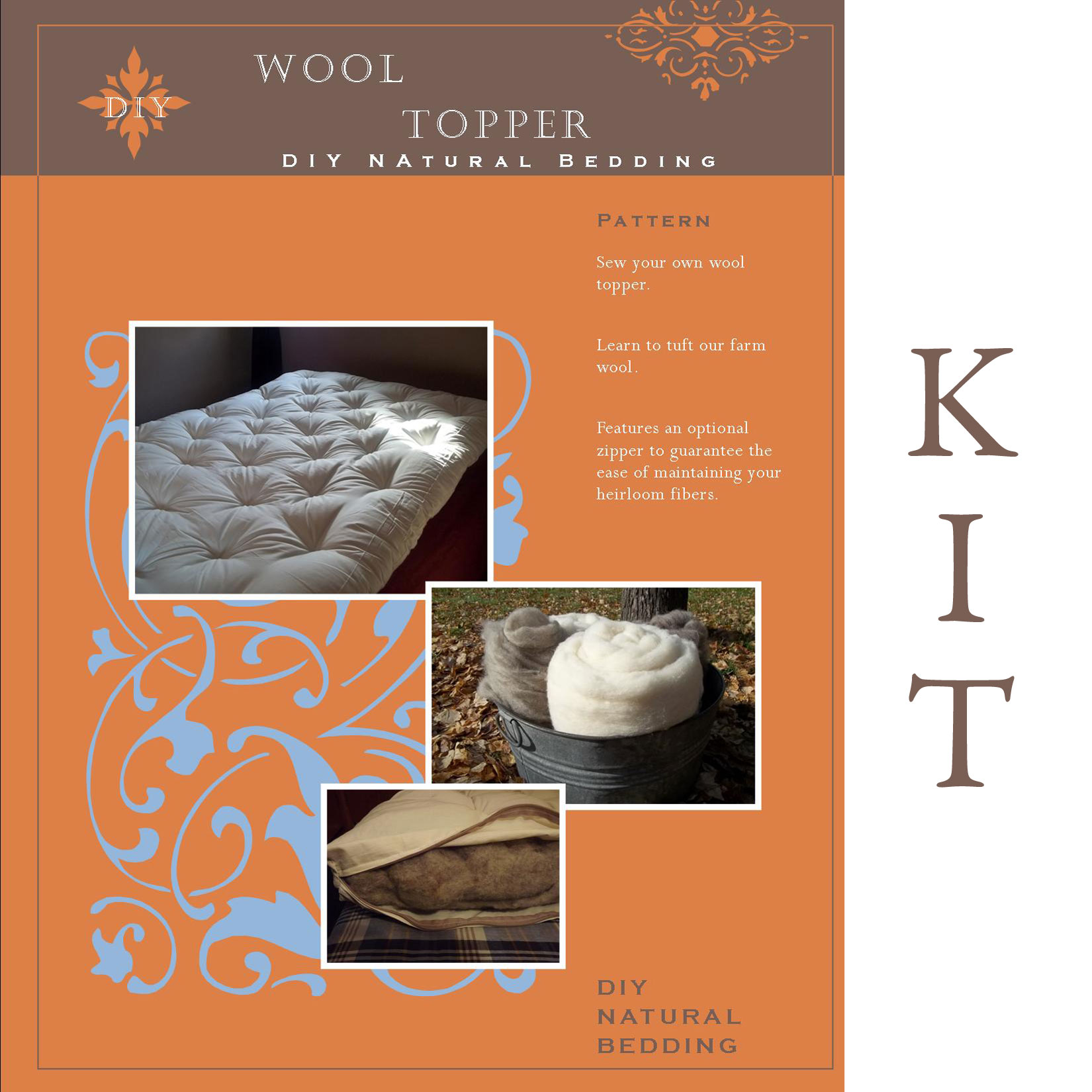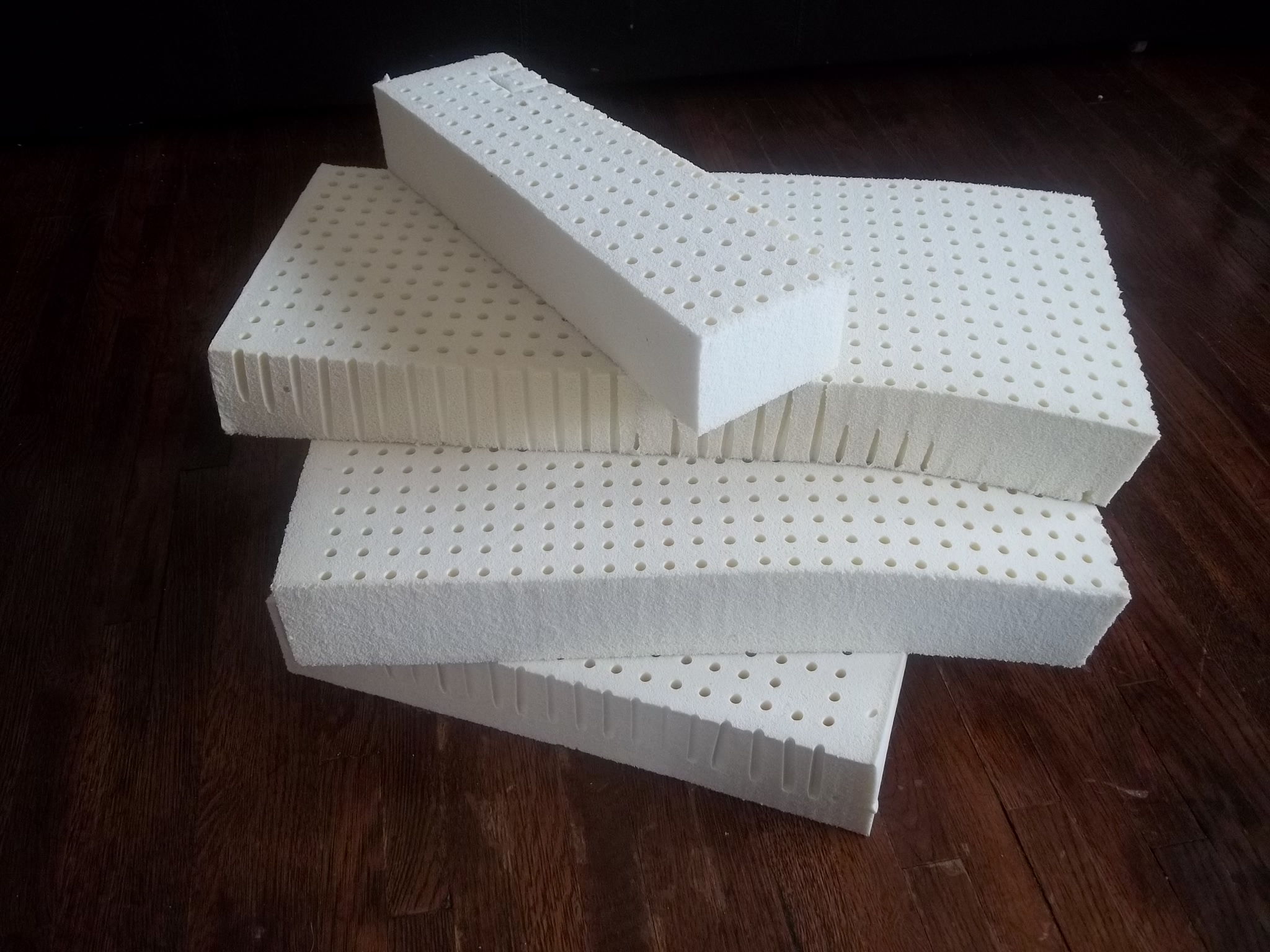Birth and pregnancy are beautiful, empowering moments in a woman’s life and can be complemented by knowledge and a few tricks. This is my personal experience with bedding and pregnancy; perhaps it may be similar to yours.
My fourth pregnancy was fairly simple as mine usually are: at the beginning there was an extra tiredness, a need to sit down frequently, and a wondering if I was really pregnant; in the middle, I was loving the big belly, finding new pressure points, going on frequent walks to relieve sore joints; and at the end, there was the hefting around a giant, heavy belly and noticing different pressure points again and remembering that I actually do have abdominal muscles though I can’t feel them.
The first three months, nothing changed between me and my latex mattress. We still enjoyed each other’s company, I slept well. My medium over a firm with quilted ticking was serving me well until about month four when I noticed I started waking up more frequently during the night. Then I went on vacation and stayed in a college dormitory with a cheap, cheap, cheap spring mattress. I had a complete inability to keep from rolling toward the middle; the amount of abdominal work it took to stay on my side of the mattress made what was left of my abs sore the next day, my belly was either way too low if I faced the center of the bed and way too high so that either way, I kept falling toward the saggy center. If that wasn’t enough, being used to a nice comfort layer of my own mattress, my hips could not handle the tension of the springs and forced me to take the cheap memory foam cushions from the couch to use as a floor mattress. When I got home from that trip, I realized that my hips had slowly been protesting all along and I had to do something. I stole my husband’s soft layer of layer and lay it on top of mine. That was it. I needed that. So I ordered a new slab for me and didn’t love its squishiness but loved being able to sleep mostly through the night. The layer was super squishy since I merely covered it with a sheet under my sheet and didn’t put it in a new bit of ticking, just on top of the original arrangement of medium over firm in their ticking. Interestingly enough, when I switched to the softer layer, since my head was higher on the mattress than comparatively to the firmer combination, I needed to take some fill out of both of my pillows. Then I had the perfect sleeping solution again.
Come month six, I was waking up a few times a night but had resigned myself to this as I remembered from other pregnancies that waking up is a bit unavoidable when you have to find new positions to sleep in. What I was unwilling to resign myself to was the deep ache that started to come from my left sacralilliac joint. I knew my pelvis would start expanding eventually and that baby’s head was tucked down on that side anyway, but the mere act of lying down would drive tears into my eyes and was something to be reckoned with. The only thing that would help was walking, so I would often walk around my culdesac for a half hour before I could go to sleep and often took my husband on mile long walks which actually did completely loosen up that joint and gave me temporary relief that even the chiropractor, who I had been seeing regularly, couldn’t provide. While these long walks were amazing at letting me fall asleep again without pain, it wasn’t until I asked myself what the right side of my hips were doing to cause my left side such discomfort that I realized that my sitting position while I was driving was the cause of it all. I had started driving my children to a school 45 minutes away, so needless to say, I was putting in a lot of drive hours. Once I scooted the chair forward and made sure that I didn’t twist my body to let my right foot reach the gas pedal, the pain went away that week. Phew! Back to decent sleep and no pain.
Month eight was way past my joking about how hard it was to roll over in bed from side to side and figuring I was carrying the weight of a couple bowling balls around, all in my belly. No, month eight was countdown time. Now I love so many parts about being pregnant, the amazing craziness of my body knowing how to grow a baby without my mental intervention, the intimate connection I get to share with another human being, the chance to participate in life, the change in social expectations, even the chance to look completely different from normal, but I will say that to get my own body back is always quite welcome. Once my new pressure points on my hips kept me up for an hour in the middle of the night, I knew I had to do something about them. I started with the mattress. Should I make it softer, try a different sleeping position, use a pillow between my knees? The pillow in between my knees seemed to make the pain worse, so I ditched that. I tried sleeping slightly on my back, propped up with a blanket folded behind me and tiny pillow under my belly so that it wasn’t hanging in midair, but that was only variety and not terribly comfortable. Giving my husband back his soft layer and going back to my 6″ combo of medium over firm surprisingly did make a little difference and I slept a little better, but it was not until I added a medium layer to my medium over firm that sleep came much more easily. I found the latex cradled my belly and supported it well, well enough that if I rolled into it too far, I would give baby hiccups, which he had been getting for months when I would sit cross legged or at a 90 degree angle when driving. Because we needed a new ticking made for the 9″ version of the mattress now (my husband’s side had been 9″ for a while but the top layer had been sitting on top of the ticking, wrapped in a couple of sheets), I had my sewing room make a Knit Ticking instead of the Quilted Ticking we previously had. The flexibility of that ticking was noticeably different and with my growing pressure points, I thoroughly appreciated latex’s ability to sink in underneath me instead of stiffly supporting my body. Despite ache free sleeping, I had started waking every few hours to roll over and trying not to wake my husband with my huffs of exertion as I did so. When I woke up one morning with a slight pain on the right side of my belly where the baby’s back was, I ignored it until the next day when it started spreading down my side. Bother. This was an easy ache for me to solve and I should have been on top of it months ago, but I’ll admit, I got lazy. I had been hefting around that belly of mine through the nightly turning, just letting my skin and bones support it. I knew I should be tightening my abdominal muscles around it every time I rolled over and doing so took care of that ache quickly. Another month of ache free sleeping was on its way.
Month nine came with yet a different hip pain, this one I just couldn’t figure out after all my previous adjustments to my sleeping positions, mattress and supplements. By now my legs had stopped cramping when I slept, but my right hip was just sore as soon as I would lie down. Finally I realized that this bed ache was my fault. I had been accustomed to sleeping on my side with my upper hand on my hip so that I wouldn’t put that hand in an awkward position and it would fall asleep. Once I let that hand rest on my belly and transitioned to sleeping on my right side more, the ache alleviated. Sleep was still pretty good. About three nights before baby came, I knew he had to be coming soon as it started taking me half hour to fall asleep after rolling over. Labor began for me in the middle of the night, a first as it usually began in the early evening. I was so grateful that I got to run the marathon with some sleep under my belt.
After writing this post, I’m rather surprised how intimately my mattress and sleep were part of this pregnancy. Maybe it is in part because I am one of those people who have always needed a lot of sleep, so I do make it a priority; maybe it has to do with relaxing and how much better one can feel the body when you taken the time to go inward, which is easy once you lie down and the day is over; or maybe I just enjoy having a body in good working condition and all my adjustments did enable that comfortable condition. Whatever the reason, I am grateful for options and the chance to tweak my mattress. DIY all the way!
If you have had aches and pains during pregnancy during your sleep that you have successfully fixed, please share in the comments below. How have you tweaked your mattress, your sleeping positions, your health to let you get a better night’s sleep?

